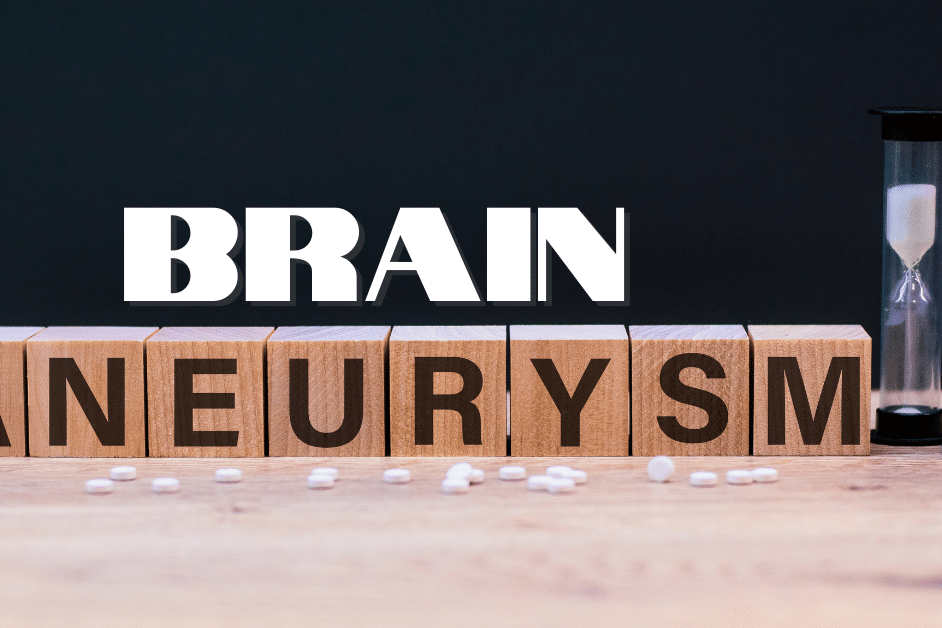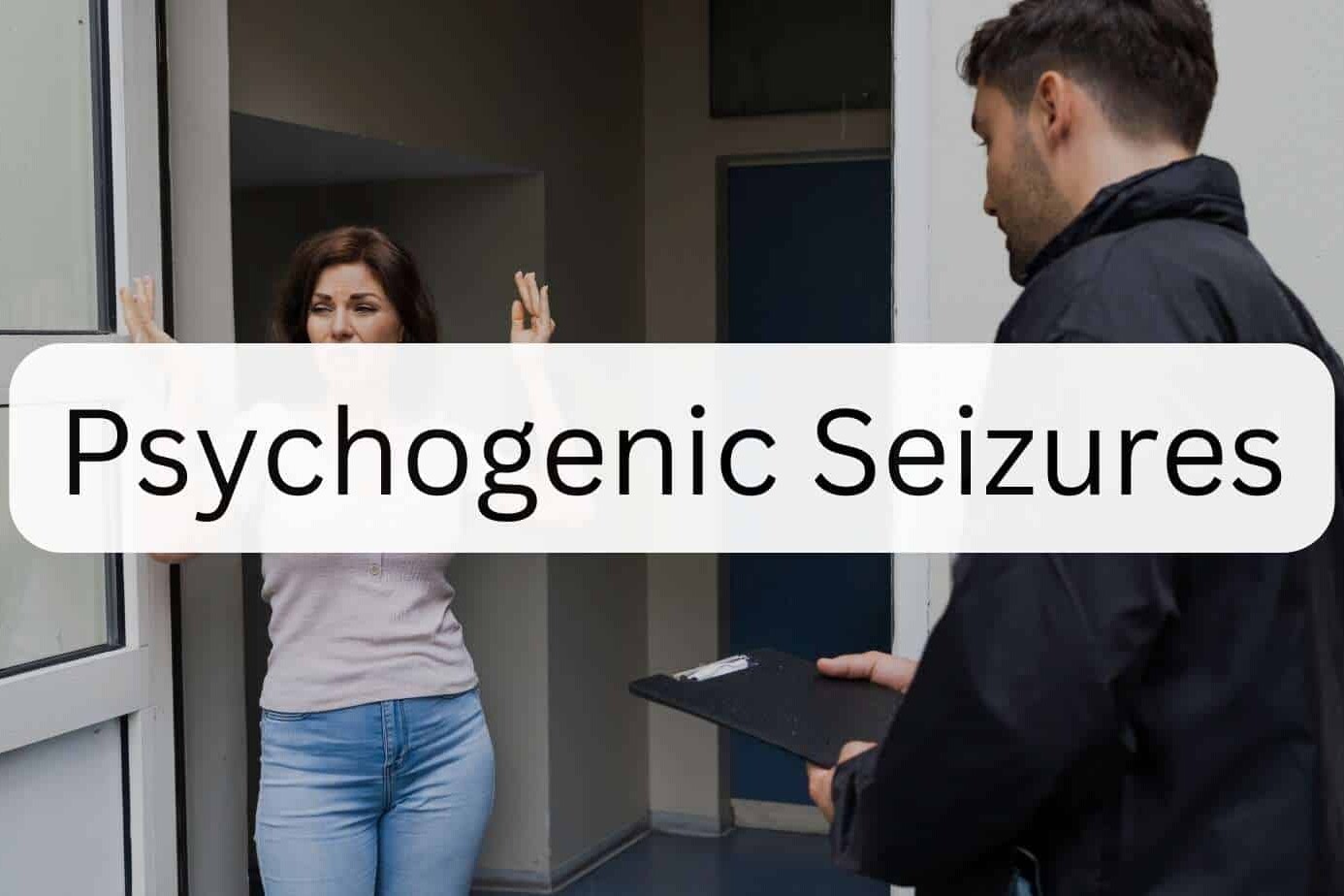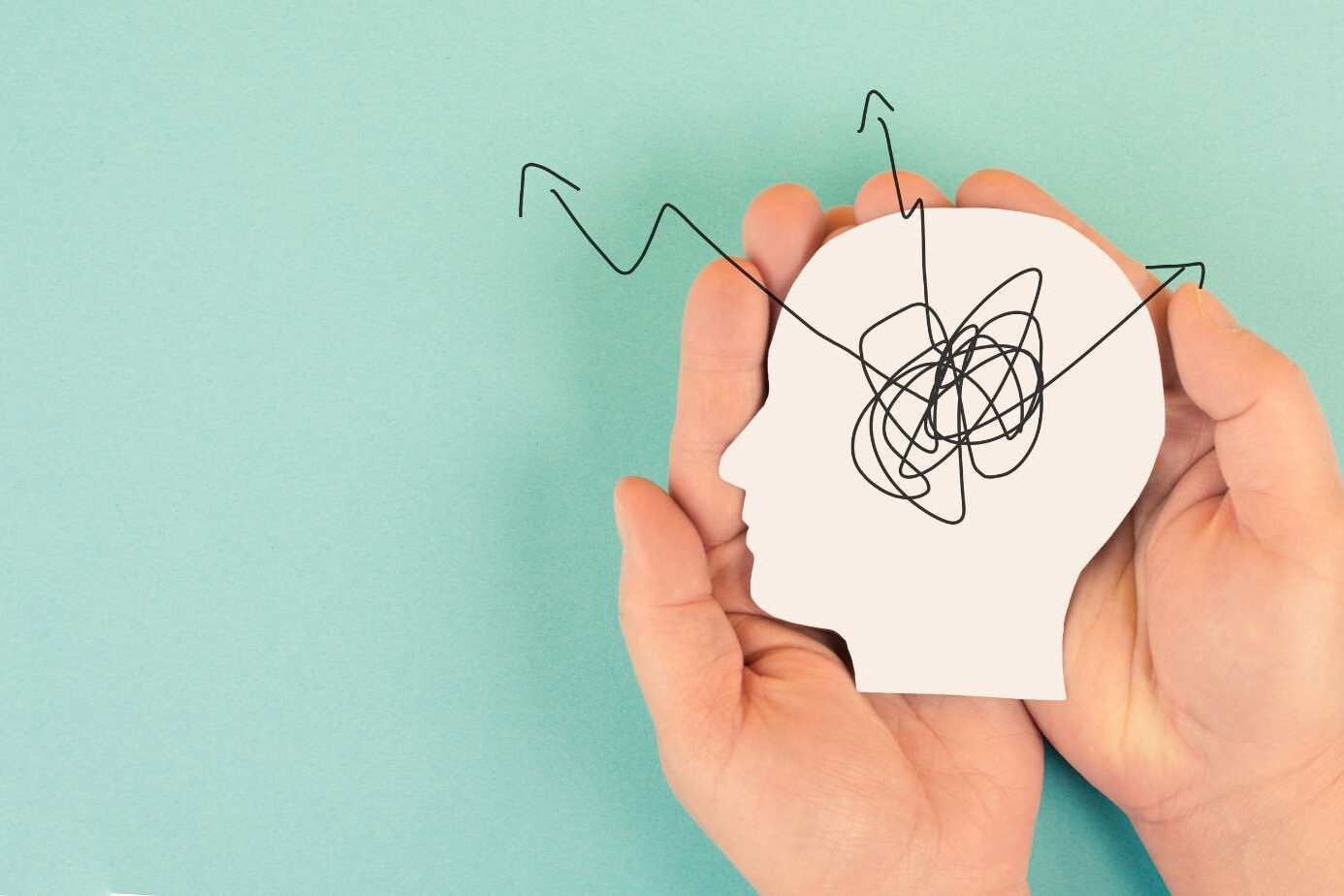Table of Contents
TogglePsychogenic Seizures: What You Need to Know?
Psychogenic seizures, previously referred to as pseudoseizures, are perplexing events that mimic epileptic seizures but are not caused by abnormal electrical brain activity. These episodes have long been linked to hysteria and psychiatric conditions, making them a fascinating subject of study.
These episodes can be challenging to understand, but delving into the complexities of psychogenic seizures is essential for anyone seeking a more profound comprehension of this enigmatic condition.
In this blog, we will break down what psychogenic seizures are, how they differ from epileptic seizures, and what the best psychogenic seizures treatment options look like today. We’ll keep things clear, simple, and supportive.
What are Psychogenic Seizures?
Seizures are sudden outbursts of electrical activity in the brain, which leads to vigorous body and extremity jerky movements. The eyes may turn to one side or roll upwards, frothing from the mouth, tongue biting, the passage of urine, or stools may happen, leaving the patient tired for the next few hours.
Psychogenic seizures, formerly known as pseudo seizures or non-epileptic seizures, mimic the physical characteristics of epileptic seizures but do not represent the manifestation of abnormal excessive synchronous cortical activity, which defines epileptic seizures. They are called psychogenic nonpileptic seizures (PNES) nowadays.
It is not always easy to differentiate between epileptic and non-epileptic seizures just by looking at them, and most of the time, the neurologists will have to rely on an electroencephalogram (EEG) to make the diagnosis. Due to the stigma associated with epilepsy and mental diseases, these often remain undiagnosed for years.
Difference Between Psychogenic and Epileptic Seizures
Many people think a seizure is always caused by epilepsy. That’s not true. Here is a simple comparison:
| Feature | Psychogenic Seizures | Epileptic Seizures |
|---|---|---|
| Cause | Emotional stress or trauma | Electrical activity in the brain |
| EEG result | Normal during episode | Abnormal spikes during episode |
| Triggers | Stress, trauma, emotions | Sleep loss, flashing lights, illness |
| Awareness during episode | Often preserved | May lose awareness |
| Post-seizure confusion | Usually absent | Common |
| Treatment | Therapy, stress relief | Anti-seizure medications |
Psychogenic seizures fall under Functional Neurological Disorder (FND), a condition where the brain sends the wrong signals to the body due to stress, not injury.
Causes of Psychogenic Seizures
Psychological Triggers
One of the biggest reasons for psychogenic seizures is unresolved emotional trauma.
- Up to 70% of people with PNES have a past history of trauma or abuse (Epilepsy Foundation).
- Common triggers include physical abuse, sexual trauma, or witnessing violence.
- In some cases, ongoing anxiety or high stress at home or work can also lead to episodes.
Even though the cause is psychological, the body reacts in a very real and physical way. These are not fake or made-up.
Underlying Mental Health Conditions
Mental health conditions can often show up in unusual ways. In psychogenic seizures, the brain copes with emotional stress by creating seizure-like movements.
- People with dissociative disorders may feel detached or zoned out during episodes.
- Personality disorders or severe anxiety may cause emotional reactions to explode physically.
- These overlaps are common and can make diagnosis harder.
Why the Brain Responds This Way?
Think of it like a circuit breaker. When too much emotional stress builds up and there’s no outlet, the brain trips the switch and the result is a seizure.
- The mind-body disconnect happens when emotional pain has nowhere to go.
- This overload leads the body to shut down, freeze, or twitch as a survival response.
- It’s the body’s way of screaming when words can’t explain the pain.
Diagnosing Psychogenic Seizures
Distinguishing psychogenic seizures from epileptic seizures can be challenging, even for experienced neurologists. Several factors help us diagnose psychogenic seizures. Movements such as pelvic thrusting, head nodding, waxing and waning consciousness, and shaking movements of the belly or chest are associated with pseudo seizures. In most of the seizure cases, the eye remains open. Tightly closed eyes or resisting eye opening during an event suggest pseudo seizures.
It is helpful if the events are recorded over a cell phone. These can be studied later to look for clues and make a diagnosis.
Electroencephalogram (EEG) and video EEG Monitoring: One of the most valuable tools in diagnosing psychogenic seizures is video electroencephalogram (EEG) monitoring. During this test, a patient is observed with continuous video recording while monitoring brain activity with an EEG. It allows us to correlate physical symptoms with brain activity, helping us identify whether the seizures are psychogenic or epileptic.
Psychological Assessment: A psychiatric evaluation can uncover underlying emotional and psychological factors contributing to the seizures. Identifying and addressing these factors are crucial steps in managing psychogenic seizures.
Differential Diagnosis
Certain diseases, although not psychogenic, can present, like pseudoseizures or seizures. These are vertigo, syncope, complex partial and absence seizures.
Psychogenic Seizures Treatment: What Works?
Cognitive Behavioral Therapy (CBT)
CBT is the first choice for psychogenic seizures treatment.
- CBT teaches coping skills and helps patients manage emotional triggers.
- Studies show that CBT reduces seizure episodes by up to 82%.
- Therapy focuses on changing negative thought patterns into helpful ones.
Other Psychotherapy Approaches
Some people may need deeper trauma-based work.
- Trauma-focused therapy helps people process past abuse or fear.
- EMDR (Eye Movement Desensitization and Reprocessing) is used to handle PTSD.
- Resolving trauma reduces the brain’s need to express stress through seizures.
Medications (If Any)
Many patients are wrongly put on anti-seizure drugs. That doesn’t help.
- Anti-seizure meds are not effective for psychogenic seizures.
- Doctors may prescribe SSRIs (like fluoxetine) for anxiety or depression.
- These meds help calm the mind and reduce emotional overload.
Lifestyle Support & Stress Management
Healing takes more than just therapy.
- Mindfulness practices like breathing exercises and yoga help the brain calm down.
- Writing in a journal helps process emotions that feel stuck.
- Family education is crucial—when loved ones understand the condition, recovery improves.
The Importance of Compassion
It’s essential to approach individuals with psychogenic seizures with empathy and understanding. These individuals often struggle with complex emotional issues, and their seizures are their way of coping. Encouraging open communication and seeking professional help is the first step toward recovery.

Breaking the Stigma
Stigma can be a significant barrier for individuals with psychogenic seizures. Friends, family, and even healthcare providers may misunderstand the condition, leading to feelings of shame and isolation. Breaking this stigma is crucial for the well-being of those affected.
Dr. Chandril Chugh’s Advice for You
If you or your loved one is dealing with psychogenic seizures, don’t blame yourself. These are not a sign of weakness. They’re your brain asking for help.
Getting the right diagnosis is the first step to healing. At our clinic, we see people recover every day. Let us help you.
Book a one-on-one consultation with Dr. Chandril Chugh today.
References:
1.Huff JS, Murr N. Psychogenic Nonepileptic Seizures.
FAQ
Can psychogenic seizures be cured?
Yes. Many people recover fully with the right psychogenic seizures treatment like therapy and emotional support. It’s important to act early. If you or a loved one is facing this, book a consultation with Dr. Chugh.
What is the best treatment for psychogenic seizures?
CBT (Cognitive Behavioral Therapy) is the most effective. It directly addresses stress and trauma. Medication for related issues (like anxiety) may also help. Always consult a neurologist and a psychologist.
How long do psychogenic seizures last?
Each episode may last a few seconds to several minutes. Some can even go on for over 30 minutes. The pattern differs from person to person.
Are psychogenic seizures real or fake?
They are 100% real. Just because they start in the mind doesn’t mean they are imagined. The body reacts physically. The pain, fear, and confusion are real.
How do you differentiate psychogenic and epileptic seizures?
Video EEG is the best tool. If there’s no abnormal brain activity during the seizure, it’s likely psychogenic. Also, emotional triggers and response to suggestion are clues.
Can you have both epilepsy and psychogenic seizures?
Yes. Some people have both types. This makes diagnosis tricky and requires expert care. Book an appointment with Dr. Chugh to get the right assessment.
About The Author

This article is medically reviewed by Dr. Chandril Chugh, Board-Certified Neurologist, providing expert insights and reliable health information.
Dr. Chandril Chugh is a U.S.-trained neurologist with over a decade of experience. Known for his compassionate care, he specializes in treating neurological conditions such as migraines, epilepsy, and Parkinson’s disease. Dr. Chugh is highly regarded for his patient-centered approach and dedication to providing personalized care.
→ Book a consultation to discover which remedies suit your needs best.






